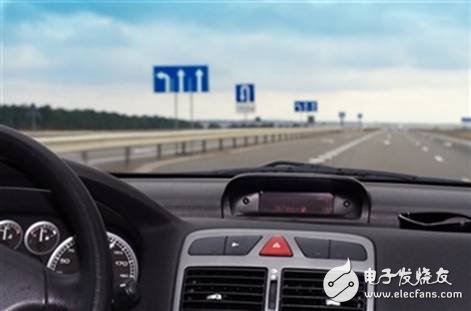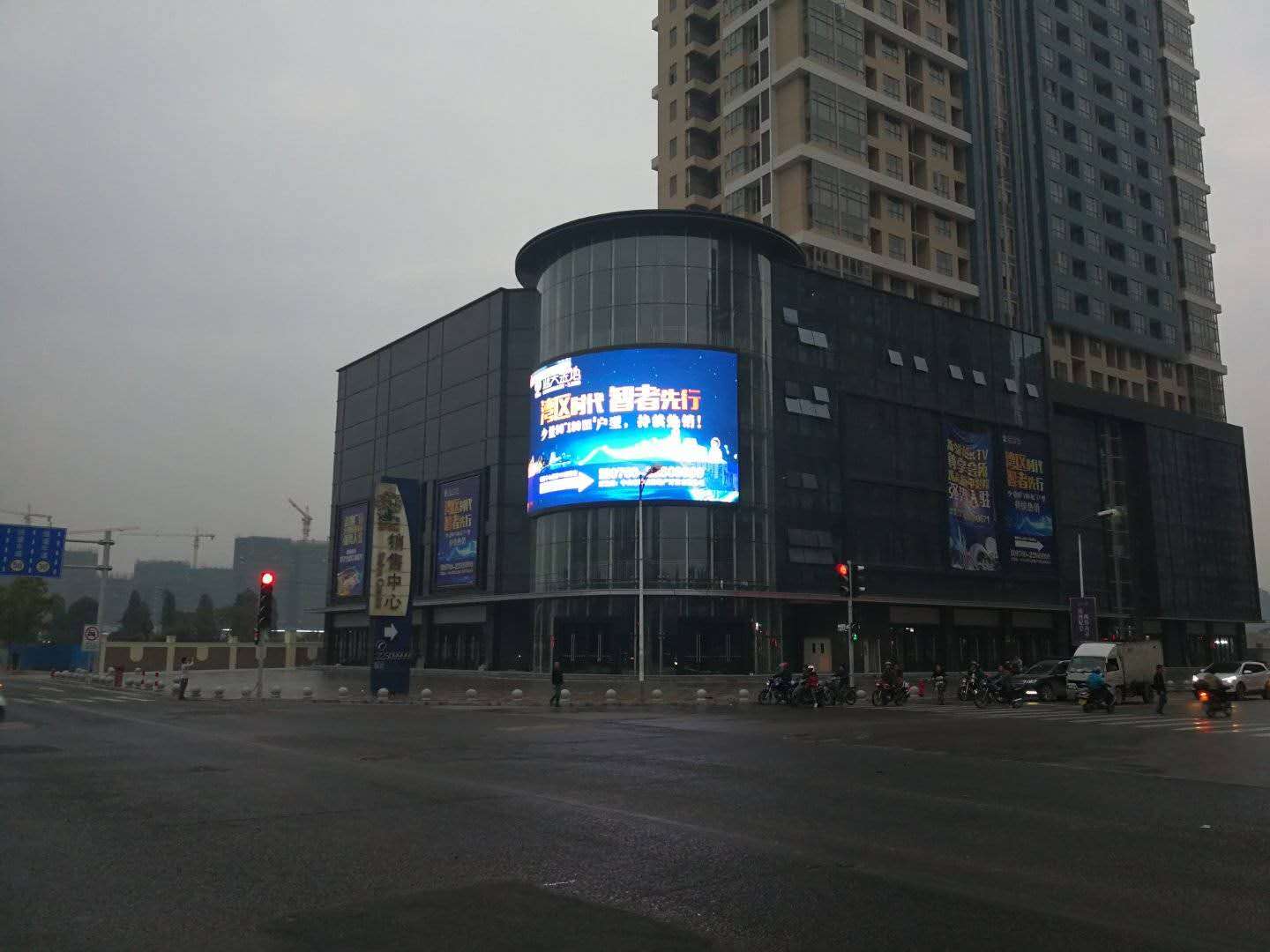
Currently, there are mainly the following sensors for ambient sensing.
Passive sensors - primarily used to sense rays that are reflected or emitted from an object.
Visual image sensor - all imagers run in the visible spectrum
Infrared image sensor - operates outside the visible spectrum. It can be near infrared or thermal infrared (far infrared).
Passive sensors can be affected by the environment - different moments, weather, etc. For example, a visual sensor can be affected by the amount of visible light at different times of the day.
Active sensor - by emitting a ray and measuring the response of the reflected signal. The advantage is that measurements can be obtained at any time, regardless of time or season.
Radar - by transmitting radio waves, determining the distance, direction and speed of the object based on the radio waves reflected from the object
Ultrasonic wave - by transmitting ultrasonic waves, the distance of the object is determined from the ultrasonic waves reflected from the object.
Lidar - Determines the distance of an object by scanning the laser reflected from an object
Flight time - use the camera to measure the distance of the infrared beam from the object back to the sensor to determine the distance of the object
Structured Light - Projects a known light pattern onto an object, such as through TI's Digital Light Processing (DLP) device. The camera will then capture the deformed light map and analyze it to determine the distance of the object.
In order to provide enhanced accuracy, reliability, and durability in a variety of different situations, it is often necessary to use at least one sensor to view the same scene. All sensor technologies have their inherent limitations and advantages. Different sensor technologies can be combined to fuse data from different sensors in the same scene, providing a more robust solution that compares view confusion through data fusion. A typical example of this is the combination of visible light sensors and radar.
The advantages of visible light sensors include high resolution, the ability to identify and classify objects, and the ability to provide important information. However, their performance is affected by natural light intensity and weather (such as fog, rain and snow). In addition, other factors such as overheating may cause the quality of the image to decrease due to the influence of noise. The precision image processing provided by TI's processor can alleviate some of these effects.
On the other hand, radar can pass through rain and snow and can measure distance very quickly and efficiently. The Doppler radar has the added advantage of being able to detect the motion of an object. However, the resolution of the radar is low and the object cannot be easily identified. Therefore, the fusion of data from visible light and radar provides a more robust solution in many different situations.
In addition, the cost varies between sensors, which also affects the best choice for a particular application. For example, Lidar (LIDAR) provides very accurate distance measurement, but at a much higher cost than passive image sensors. However, with the continuous development of technology, the cost will continue to decrease, and the car will eventually be able to look at the six directions and listen to it with the help of a variety of sensors.
The TDA processor family is highly integrated and developed on a programmable platform that meets the high-intensity processing needs of automotive ADAS. Data from different sensors for viewing the scene can be provided to the TDA 2x and combined into a more complete photo to help make quick and intelligent decisions. For example, a visual sensor may display a mailbox similar to a human shape in a darker scenario. TI's processor can perform sophisticated pedestrian detection. First, depending on the proportion of the object, the system may identify it as a pedestrian on the roadside. However, data from the thermal sensor will recognize that the temperature of the object is too low and is unlikely to be a living object, so it may not be a pedestrian. Therefore, sensors with different operating characteristics can provide a higher level of security.
Regarding driverlessness, perhaps our ultimate goal is to create a completely autonomous car that will eventually lead to a world without traffic accidents. TI is actively focusing on the development of sensors and processing technologies to help customers develop unmanned vehicles. After a series of technological breakthroughs and continuous development, when we face unmanned R&D, the problem is no longer whether we can achieve it or not, but when we can achieve unmanned driving.
Outdoor Led Display Wall And Led Display Screens
Due to DIP technology that is used the outdoor video walls are sturdy, durable & very bright. Unlike other LED video walls, Priva outdoor Led Display are
viewable in direct sunlight. The picture quality is not compromised in
our solution, hence the display is crystal clear despite it`s a day time
or night time.
Priva Outdoor Led screen wall for outdoor applications is a module based on LED wall solution. The technology used for advertising LED display is DIP. Customized cabinet type and size is optional.
We strive to create products which are environmentally balanced, outdoor Led screen are also low power consumption or engergy saving.
Our outdoor LED display are compatible with various input formats, such as DVD players, cable TV, internet & intranet etc.
These are highly customized LED display video walls, every LED display screen is customized regards to pixel pitches, resolution, sizes, shapes etc.Our LED display walls enjoys long life, they are weatherproof units & can tolerate dust, humidity or rain.

Outdoor Led Display
Outdoor Led Display, Outdoor Led screen, Advertising Led Display, ,Energy Saving Led Display, LED display board, LED video wall
Shenzhen Priva Tech Co., Ltd. , https://www.privaled.com